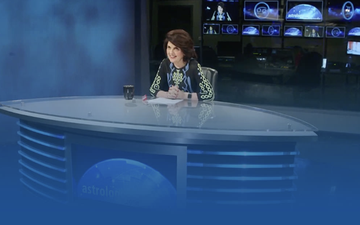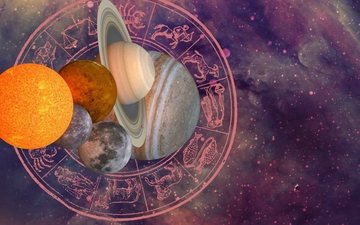
April 2 is known as "World Autism Awareness Day" and today more than ever, all of society must turn a blind eye to people with special needs and above all understand them to be closer.
To begin with: What is autism?
Autism is recognized as a neurobiological disorder characterized by difficulties in communication, social interaction, repetitive behavior and limited range of interests. Symptoms of autism begin to appear before the age of three, and the extent of damage to these three areas varies from individual to individual.
1.
Myth: People with autism don't want to make friends.
The truth: If someone has autism, they are likely to have difficulty in social situations, so they rarely interact with others around. They may look shy or unfriendly, but this is simply because they do not know how to communicate their desires and thoughts in the same way as others.
2.
Myths: People with autism feel no emotion.
The truth: Autism does not make people unable to feel emotions, it simply makes it difficult to communicate and perceive these emotions.
3.
Myth: People with autism do not understand the emotions of others.
Truth: Autism affects one's ability to understand nonverbal communication. Someone with autism may not understand one's sadness based on body language or sarcasm in the tone of voice, but if those feelings are communicated more directly, people with autism are the first to express compassion and empathy.
4.
Myths: People with autism are mentally disabled.
The truth: In most cases, autism masks extraordinary abilities as challenges. Many people with autism have high levels of intelligence and excel in math, music or other disciplines.
5.
Myths: People who display typical traits of a person with autism are just weird and pass them by.
Truth: Autism stems from biological conditions that affect brain development, and for many individuals, it is a lifelong condition.
6.
Myth: Autism affects only children.
Truth: Children with autism become adults with autism.
7.
Myth: Autism is just a brain disorder.
Truth: Studies have shown that people who have autism have, in some cases, epilepsy, gastro-intestinal disorders, food sensitivity and allergies.
8.
Myth: Autism is caused by disabled parents.
Truth: In the 1950s, a theory was suggested that cold mothers raised autistic children. This theory has been rejected dozens of times.
9.
Myth: The prevalence of autism has been studied and has been on the rise for the last 40 years.
Truth: The prevalence of autism has increased by 600% over the past 20 years. In 1975, one in 1500 had autism. In 2014, one in 59 is diagnosed with autism spectrum disorder.
Source: Autism Speaks





